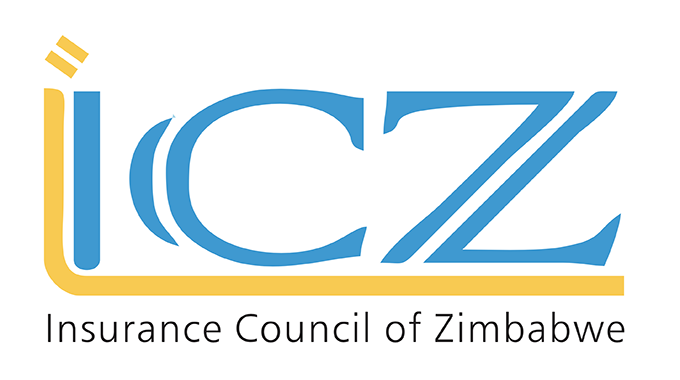The World Bank trimmed its global growth forecasts slightly for 2019 and 2020 due to a slower-than-expected recovery in trade and investment despite cooler trade tensions between the United States and China.
The multilateral development bank said 2019 marked the weakest economic expansion since the global financial crisis a decade ago, and 2020, while a slight improvement, remained vulnerable to uncertainties over trade and geopolitical tensions.
In its latest Global Economic Prospects report, the World Bank shaved 0.2 percentage point off of growth for both years, with the 2019 global economic growth forecast at 2.4 percent and 2020 at 2.5 percent.
“This modest increase in global growth marks the end of the slowdown that started in 2018 and took a heavy toll on global activity, trade and investment, especially last year,” said Ayhan Kose, the World Bank’s lead economic forecaster. “We do expect an improvement, but overall, we also see a weaker growth outlook.”
The latest World Bank forecasts take into account the so-called Phase one trade deal announced by the United States and China, which suspended new US tariffs on Chinese consumer goods scheduled for December 15 and reduced the tariff rate on some other goods.
Advertisement
While the tariff rate reduction will have a “rather small” effect on trade, the deal is expected to boost business confidence and investment prospects, contributing to a pickup in trade growth, Kose said.
Global trade growth is expected to improve modestly in 2020 to 1.9 percent from 1.4 percent in 2019, which was the lowest since the 2008-2009 financial crisis, the World Bank said. This remains well below the 5 percent average annual trade growth rate since 2010, according to World Bank data.
But both trade and overall economic growth prospects remain vulnerable to flare-ups in US-China trade tensions as well as rising geopolitical tensions. World Bank officials said they were not able to estimate the growth effects of a wider US-Iran conflict, but said this would increase uncertainty, which would hurt investment prospects.
Emerging economy gains
Advanced economies and emerging markets and developing economies also show divergent prospects in the World Bank forecasts. Growth in the United States, the Euro area and Japan is expected to decline slightly to 1.4 percent in 2020 from 1.6 percent in 2019 — a markdown of 0.1 percentage point for both years — due to continued softness in manufacturing and the lingering negative effects of US tariffs and retaliatory measures. But emerging market economies are expected to see a pickup in growth to 4.3 percent in 2020 from 4.1 percent in 2019, although these are both a half percentage point lower than forecasts made in June.
Much of the emerging market improvement is driven by eight countries, the World Bank said. Argentina and Iran are expected to emerge from recessions in 2020, and prospects are expected to improve for six countries that struggled with slowdowns in 2019: Brazil, India, Mexico, Russia, Saudi Arabia and Turkey.
Deceleration in China
China’s growth rate is projected to decelerate to 5.9 percent in 2020, a 0.2 percentage point reduction from the June forecast, as the world’s second largest economy deals with fallout from US tariffs, the World Bank said. Kose said the trade war hit China’s manufacturing and exports hard last year, holding growth to 6.1 percent, a 0.1 percentage point reduction from the World Bank’s June forecast. Tighter regulations on China’s shadow banking sector also dented investment.
China’s outlook could worsen if trade tensions with Washington flare up again, or there is a disorderly unwinding of debt. But Kose said China had sufficient policy buffers to cushion any deeper slowdown. — Reuters.
– HERALD








